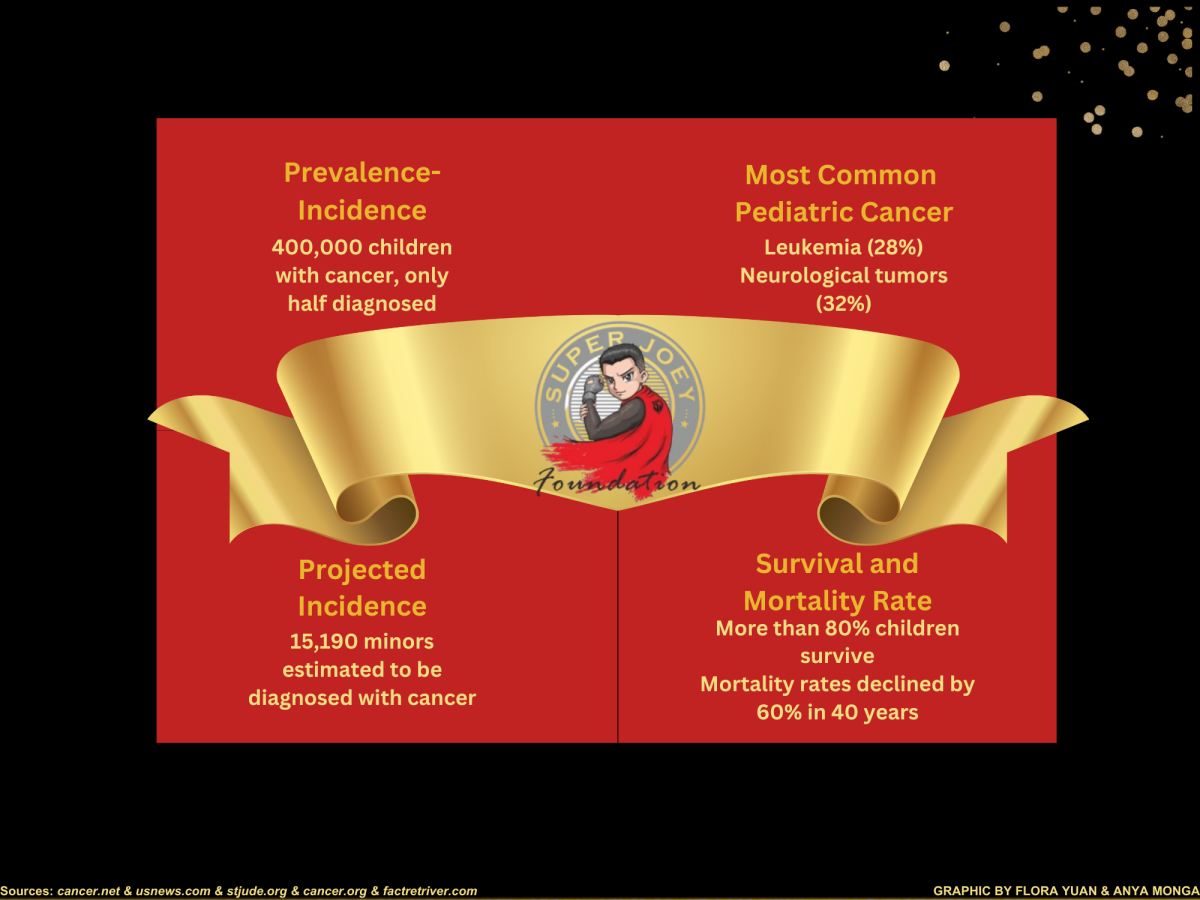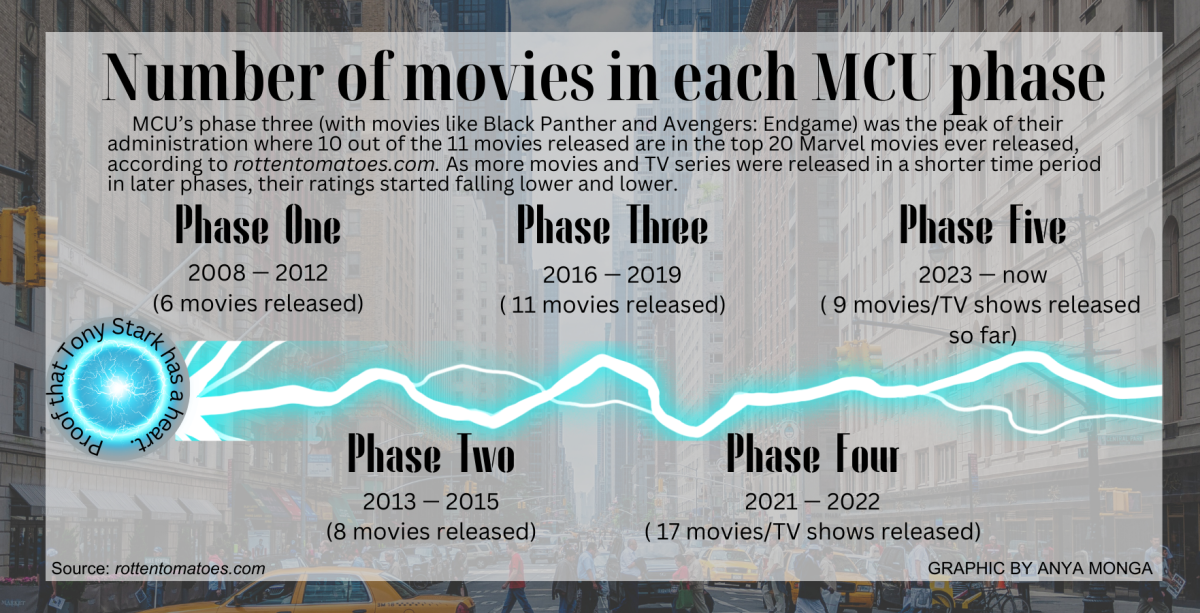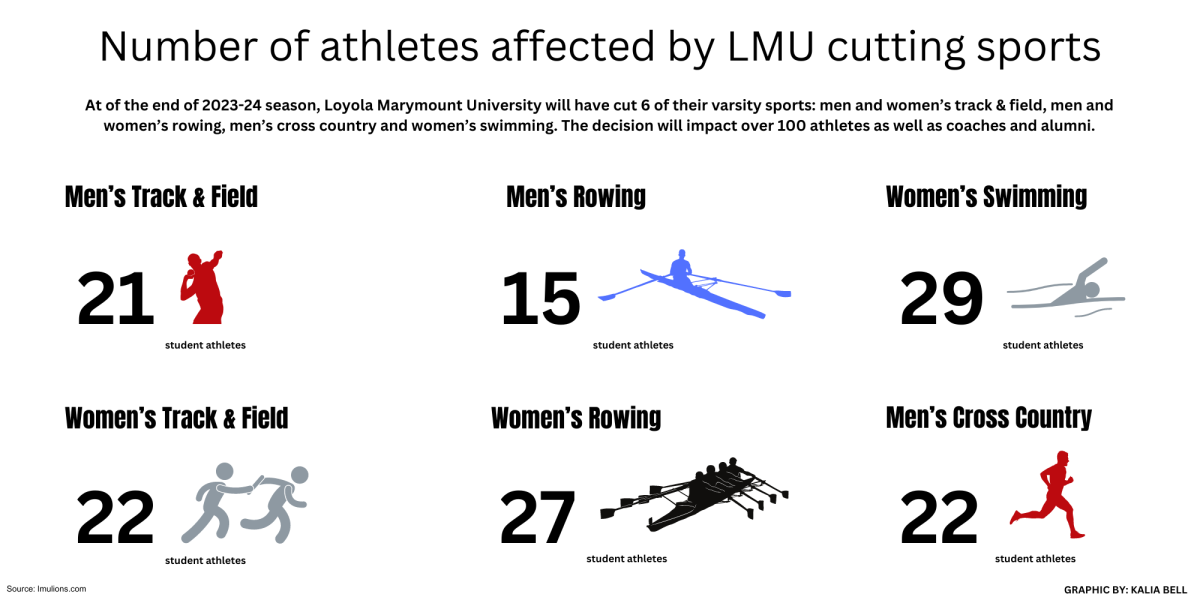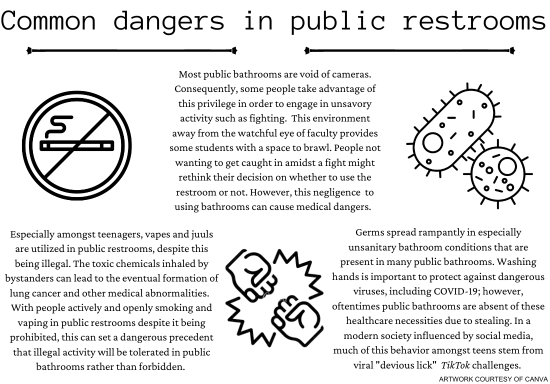A restroom is a place of rest — not at WHS
A restroom is a place of rest. It is a place where individuals are able to relax, no longer worrying about any stress that has built up throughout the busy day. It acts as a safe haven from life’s harsh realities — a temporary break from the chaos that runs rampant throughout modern society. At WHS, however, the bathroom environments foster chaos. A restroom is a place of rest but not at WHS.
On a normal school day, the restrooms are packed during passing periods where students enter and leave seemingly by the second. With only three stalls, four sinks and six urinals in the boys restroom, some people may ponder as to why so many students enter the restroom in such large quantities, despite it being at capacity with all its urinals and toilets constantly in use.
In reality, WHS bathrooms have become a hangout spot for students, with some students even ditching class to meet up with friends in the restroom. Notably vapes and juuls infect these supposed places of security. Despite being illegal on school premises, many students bypass the administrative eye by hiding in bathrooms.
Not only do vapes negatively affect the health of those that utilize them, but they also affect bystanders who can inhale heavy metals such as lead, nickel and zinc through second hand smoke, according to the American Heart Association. Furthermore, aerosols released through vaping are known to cause cancer to those who breathe in the toxins, according to the American Nonsmokers’ Rights Foundation.
The health of students who want to use the bathrooms for their intended purpose is put at risk by the toxic bathroom environment. Although using bathrooms is necessary for proper bodily functions and maintenance of health, some students may feel like the risk of entering school bathrooms is not worth it. These students put their health in jeopardy in order to feel safer at school.
Normally, children should use the restroom every two to three hours, according to the Urology Care Foundation. The foundation further claims that when children refuse to use the restroom when they need to, urinary tract infections, bladder pain, bed wetting and other medical problems can occur.
The American education system values health and safety in its public schools; however, WHS restrooms completely counteract this educational necessity. Fear among students is a direct consequence of this lack of security. As a result, some students restrict themselves from using the bathroom while at school, damaging their medical health.
Since cameras inside restrooms for monitoring student activity is an invasion of privacy and not a viable option at WHS, an alternative solution would be for teachers themselves to utilize commonly student–used bathrooms instead of solely using faculty restrooms. This way, students might feel less inclined to commit inappropriate and illegal activities with the knowledge that an adult might be sharing the restroom with them.
Another means of making the restrooms a safer place is for staff to check the restrooms during break periods, glancing in the bathroom to ensure it remains a safe environment throughout the school day.
Your donation will support the student journalists of Westlake High School. Your contribution will allow us to purchase equipment and cover our annual website hosting costs.

he/him
This is my third year on The Arrow staff. I am Co-Editor in Chief of the print issue. Previously I was the Sports Section editor. I enjoy the...































